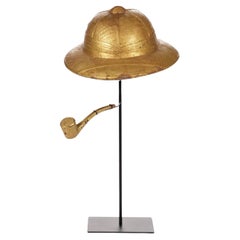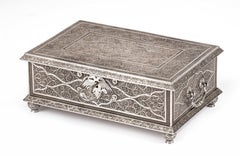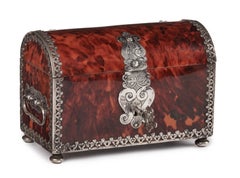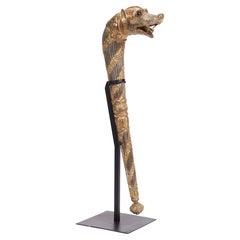About Zebregs&Röell
Zebregs&Röell presents you Fine Art and Antiques from far away shores. However, they sell stories, not fairytales. The objects they sell can be called colonial, and present you the sheer beauty of cultural influence, but also serve as important historical sources. Every object from their collection is unrivalled in splendour, but also in the story it tells. The collection is curated by well-known and respected dealer Jonkheer Prof. Dr. Guus Röell (76) and the youngest antiques dealer of Europe Drs. Dickie Zebregs (29). Guus, next to being a biologist and international ...Read More
Featured Pieces
Antique Early 1900s Ivorian Tribal Art
Giltwood
Antique 18th Century Indonesian Dutch Colonial Jewelry Boxes
Silver
Antique Late 17th Century Indian Jewelry Boxes
Silver
Antique Late 19th Century Indian Metalwork
Silver
Antique 18th Century Peruvian Spanish Colonial Cabinets
Mother-of-Pearl, Teak
Antique Late 17th Century Indonesian Dutch Colonial Antiquities
Silver
Antique Late 18th Century Indonesian Dutch Colonial Antiquities
Gold
Antique Late 17th Century Indonesian Dutch Colonial Furniture
Ebony
Antique Mid-17th Century Indonesian Dutch Colonial Antiquities
Brass
Antique 16th Century Japanese Lacquer
Silver, Copper
Antique Late 18th Century Chinese Chinese Export Paintings and Screens
Glass, Hardwood
Antique 17th Century Indian Dutch Colonial Antiquities
Silver
More About Zebregs&Röell
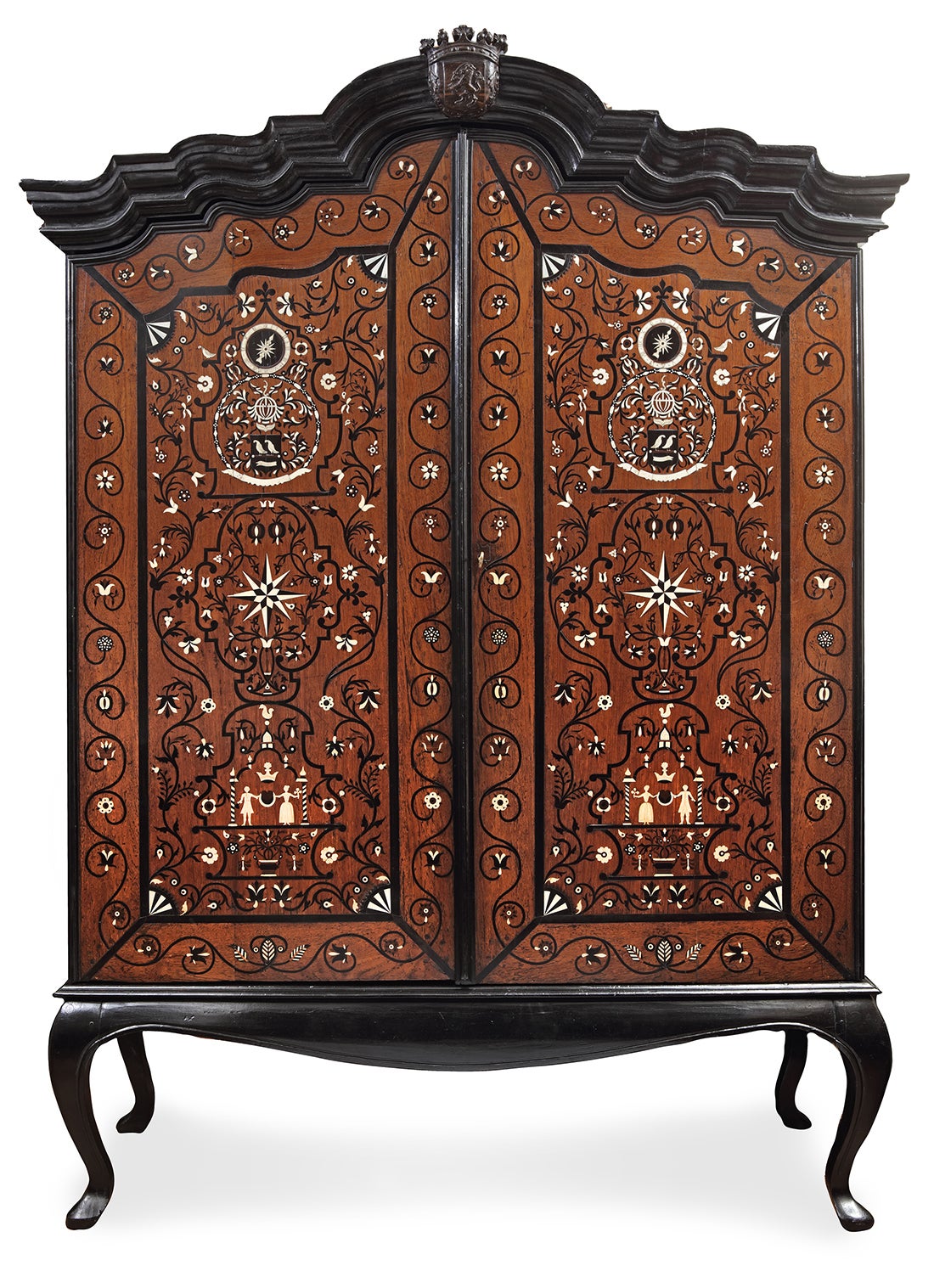
The Marriage Cabinet of Governor-General Diederik Durven of the former Dutch East-Indies (Sri Lanka, circa 1724)
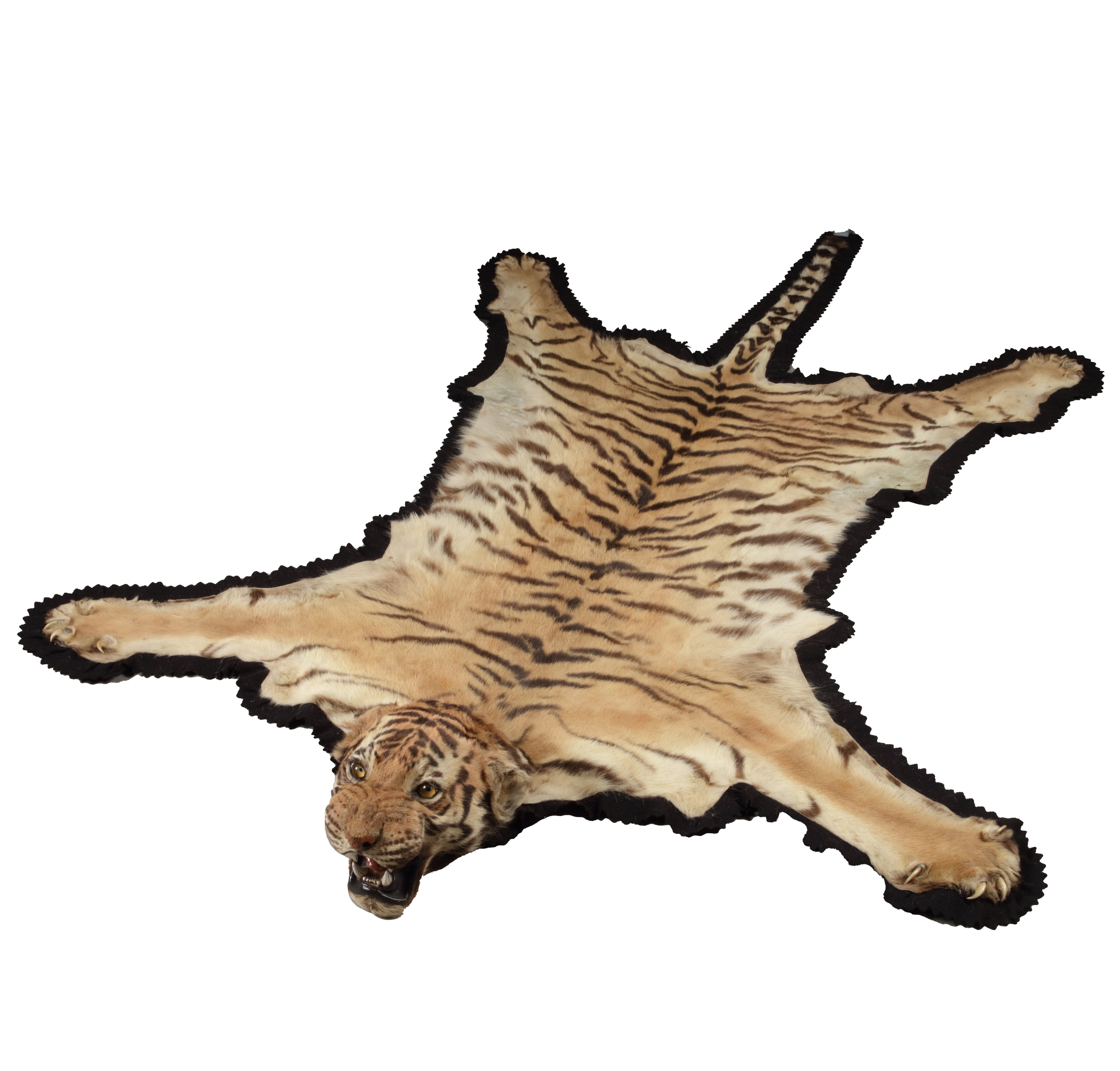
An Extremely Large 'Shikar' Tiger Skin Prayer-Mat by Van Ingen & Van Ingen, Mysore, Taxidermists to the Maharajas (Early 20th century)

A Refined Victorian Taxidermy Display Cabinet with Hummingbirds attributed to Rowland Ward (1848-1916)
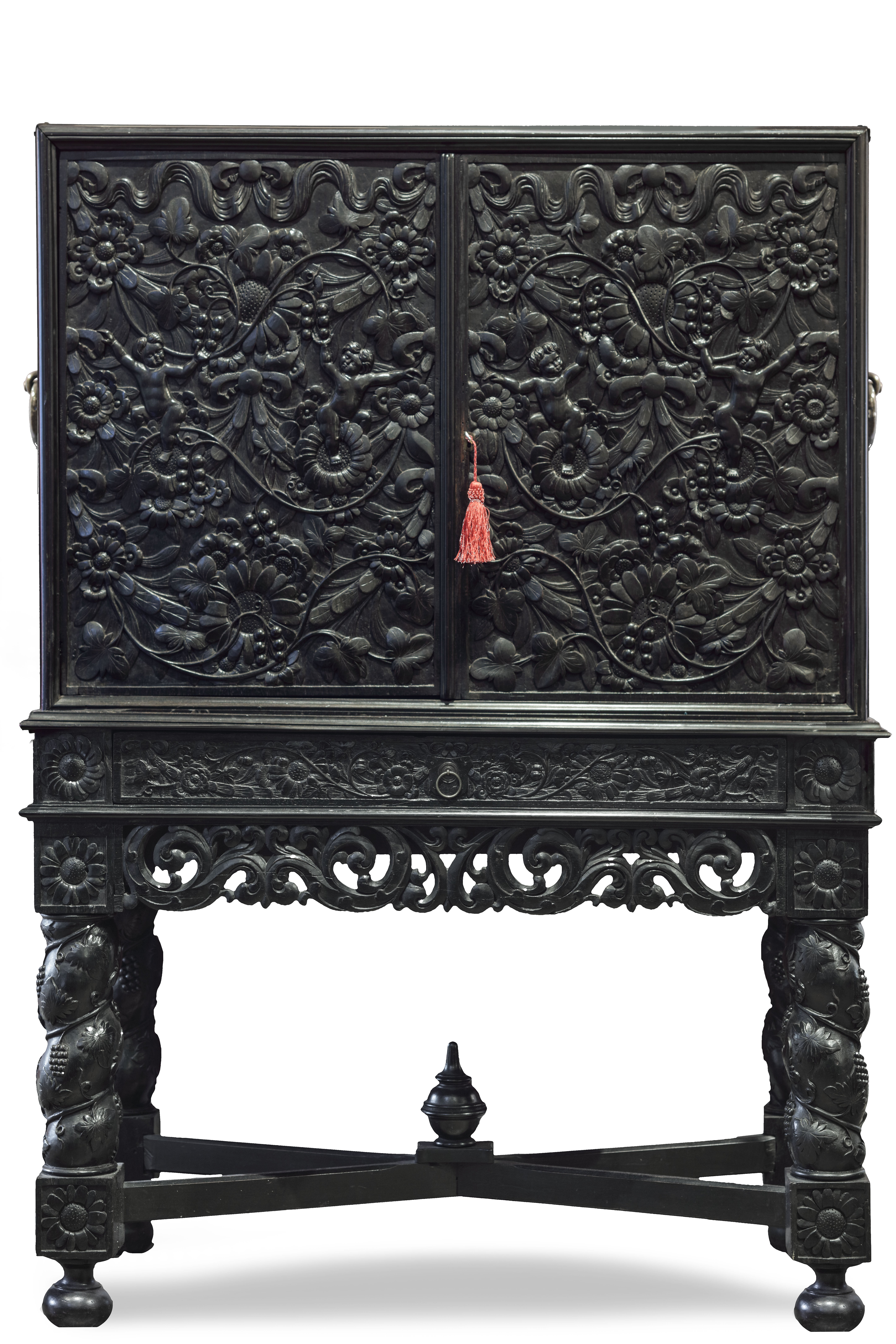
An Important Dutch-colonial Indonesian deep-relief carved Ebony cabinet on stand (late 17th century)

A very fine Chinese gilt-bronze figure of Guanyin from a noble Dutch collection (late 16th century)
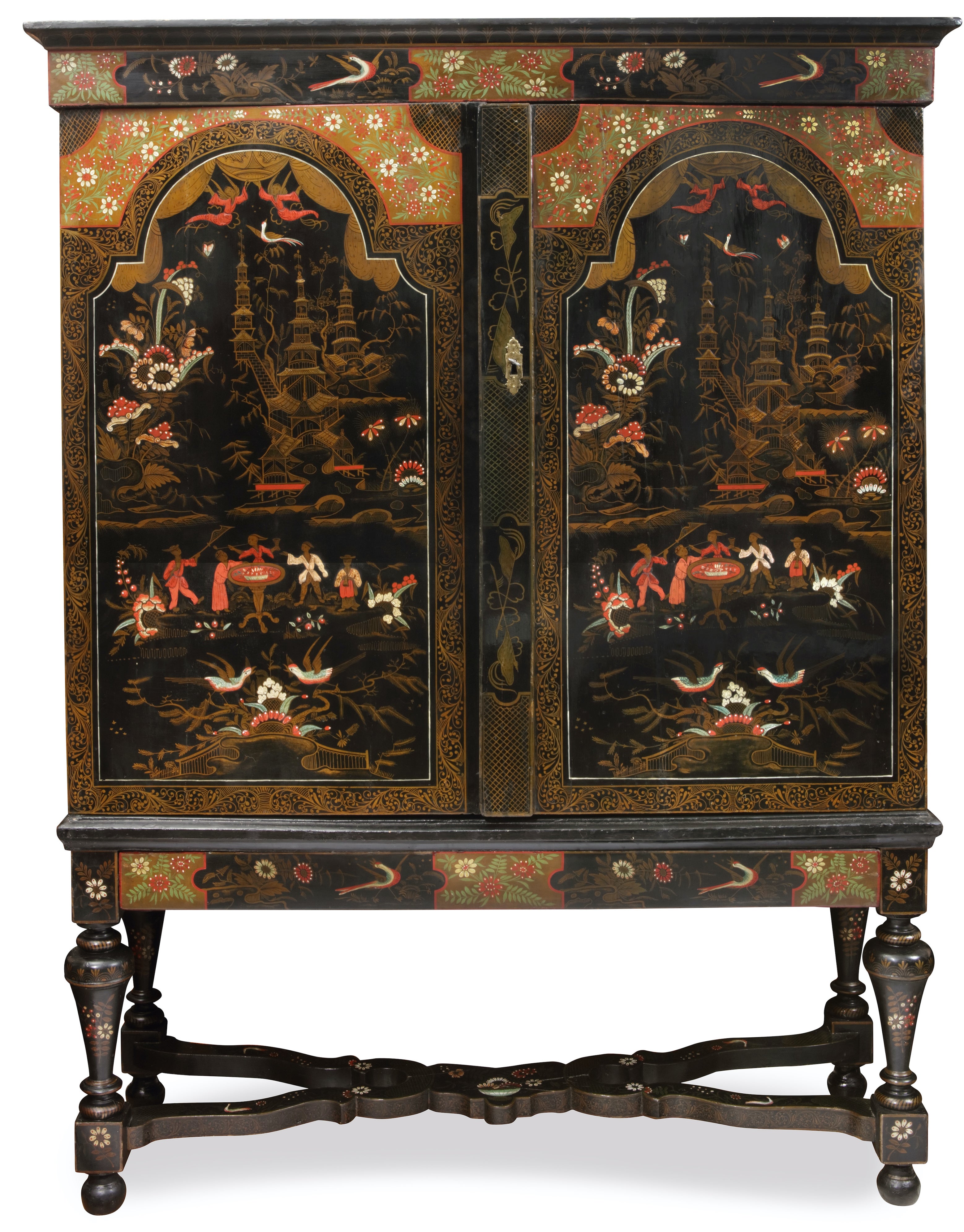
A unique Dutch lacquer Chinoiserie cabinet on stand (Circa 1700)
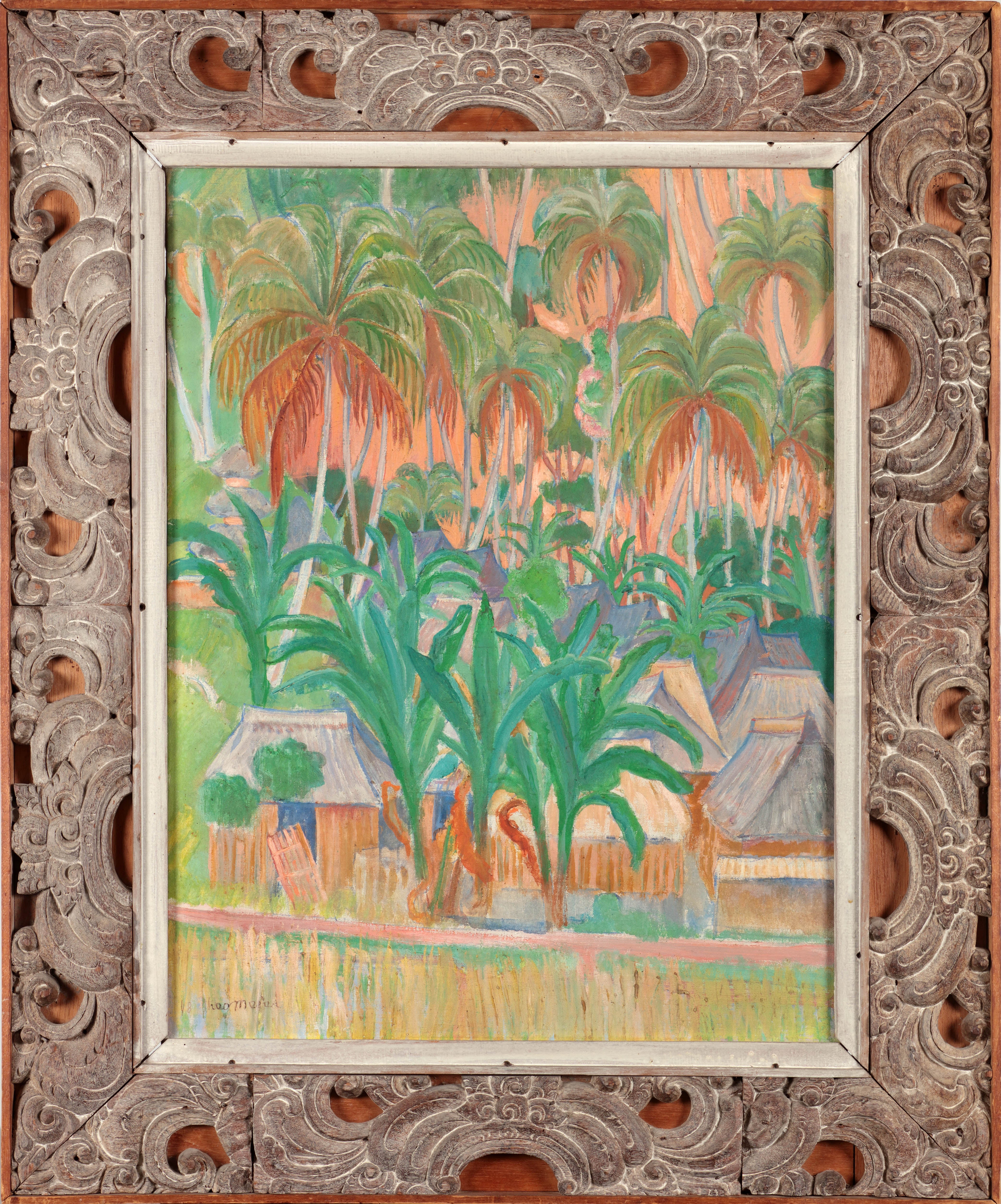
Theo Meier (1908-1982), the Village of Iseh, Bai, Oil on Canvas in original frame.


